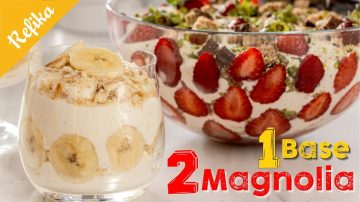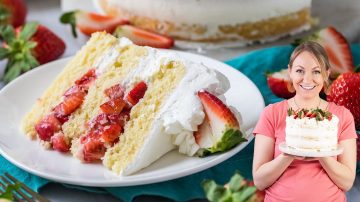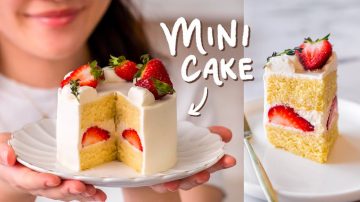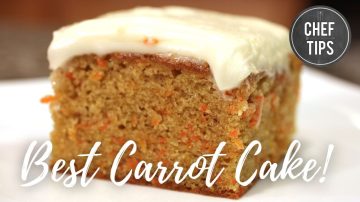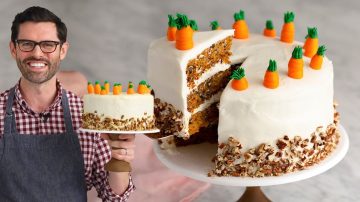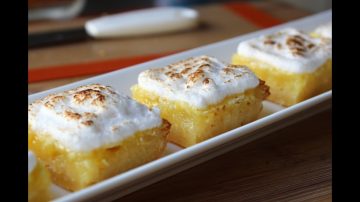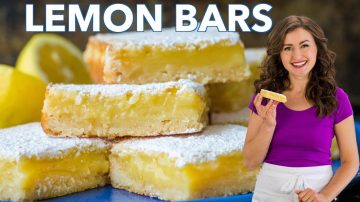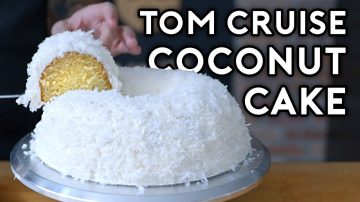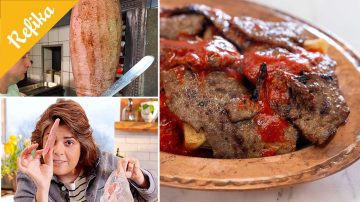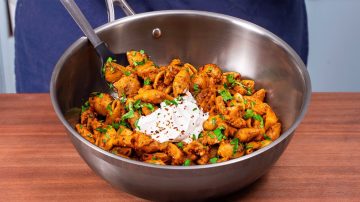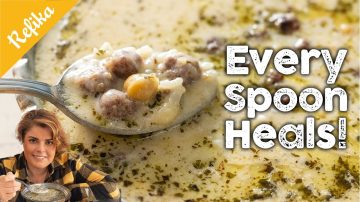Making The Perfect Jam Recipe | Strawberry, Blackberry, Peach And More
Recipe Overview
Overview
Making jam is an art that combines science and creativity, and this recipe beautifully illustrates that balance. The process begins with selecting the right fruits, emphasizing the importance of ripeness and uniformity in size. This ensures that each fruit cooks evenly, preserving its shape and flavor. The speaker’s insights into pectin levels are particularly enlightening; understanding how to boost pectin with apple skins or seeds can elevate your jam-making game.
The recipe also delves into the sugar content, suggesting a ratio that balances sweetness with the natural flavors of the fruit. This is crucial for achieving that perfect jam consistency. The method of letting the fruit and sugar sit overnight is a clever technique that allows the sugar to dissolve and activate the pectin, setting the stage for a successful jam.
As the jam cooks, the speaker shares practical tips on managing foam and ensuring the right cooking temperature. The advice to use a wide pot to allow the fruits to cook evenly is a valuable takeaway. Additionally, the suggestion to personalize the jam with spices or nuts opens up a world of flavor possibilities, making each batch unique.
Finally, the importance of proper jar sterilization and sealing techniques cannot be overstated. This ensures that your homemade jam remains safe and delicious for months to come. Overall, this recipe is not just about making jam; it’s about creating a delightful experience that can be shared with loved ones, making it a perfect addition to any summer gathering or as a thoughtful gift.
Recipe Details
Steps & Tips
Select very ripe fruits that are at the same maturation level.
Tip: Add quinces or apple skins to increase pectin levels in your jam.
Cut larger fruits to match the size of smaller ones for even cooking.
Tip: Use a wide pot for making jam to ensure even cooking.
Add 400-450 grams of sugar for every kilogram of fruit.
Choose a wide pot for making jam.
Wash strawberries and let them sit with sugar overnight.
Tip: Let fruit sit with sugar overnight to help release pectin.
Put the fruit in the pot and simmer on low heat until sugar crystals dissolve.
Tip: Collect the foam from the jam to avoid cloudiness.
Wet a cheesecloth and clean the sides of the pot as the jam reduces.
Tip: Shake the pan instead of stirring to avoid introducing cool air.
Add a bit of lemon juice to the jam before finishing.
Tip: Test jam consistency by placing a spoonful on a cold plate.
Sterilize jars in hot water or the oven before filling.
Tip: Sterilize jars by placing them in hot water or the oven.
Fill sterilized jars with hot jam and seal tightly.
Tip: If jam is too watery, reheat it and add more lemon.
If jam is too watery, reheat it and add more lemon.
Tip: If jam crystallizes, slowly reheat with a bit of water to dissolve sugar.
Check if the jam has thickened before storing.
Store the sealed jars in a cool place away from sunlight.
Tip: Store opened jars of jam in the refrigerator to prevent spoilage.
Nutrition
Skill Level
Frequently asked questions
Below you will find answers to the most common questions about this recipe.
Got a Recipe Question? Ask Away!
Interesting Tidbits
- •Pectin is crucial for jam consistency and is highest near the skin and seeds of fruits.
- •Using apple skins and seeds can enhance pectin levels in jams.
- •The ideal sugar content for jam is around 45-50% of the fruit weight.
- •Foam that forms during cooking should be skimmed off to avoid bitterness.
- •Sterilizing jars is essential to prevent mold in homemade jams.

